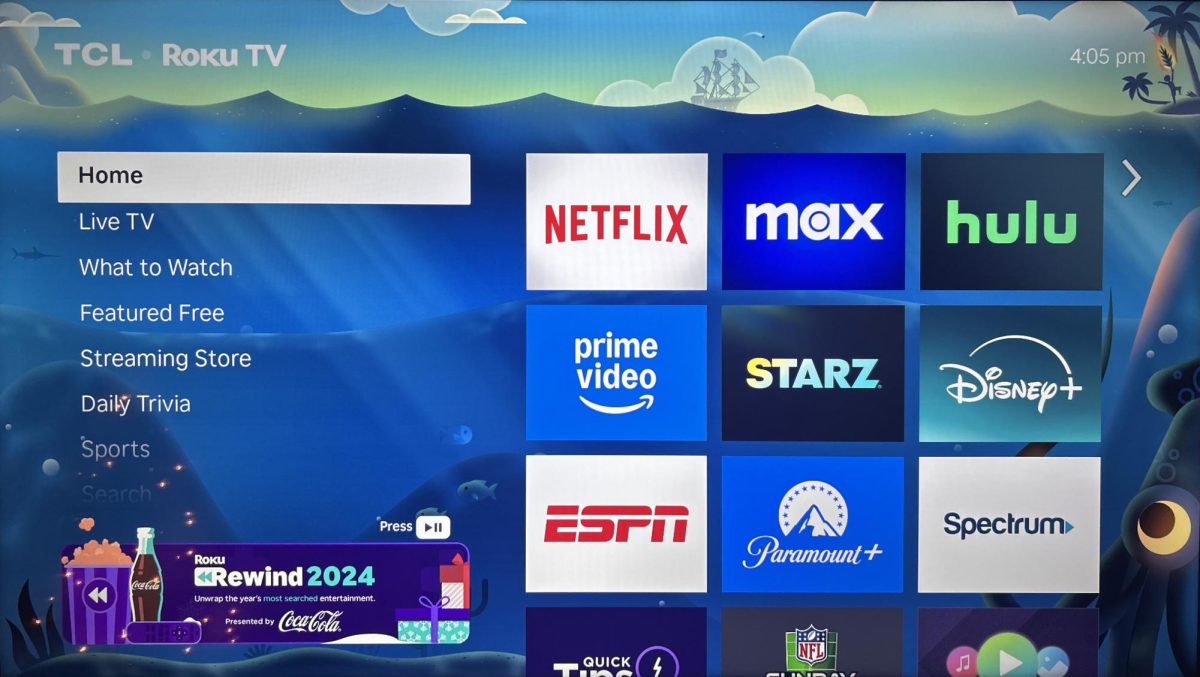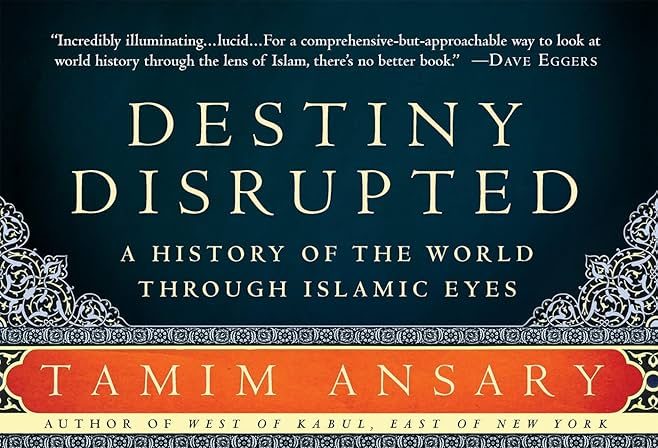Two years ago, an issue of Dazed magazine featured Harry Styles in a controversial cover. He was photographed in outlandish and flamboyant clothing which met with criticism. Not only because he was wearing feminine clothes, but because they were ugly.
It was a downgraded version of the iconic fashion moments of times past. The pandering Style to the LGBTQ community comes across as cheap. It dishonors the fashion pioneers who came before him.
While America is moving away from the traditional gender roles of the past, men’s fashion has gradually evolved towards feminine attire.
Though not a novel concept, this shift has recently gained prominence in mainstream culture largely due to the style choices of one of today’s biggest pop stars. Some argue that Style’s embrace of feminine fashion normalizes men’s autonomy in clothing and challenges societal norms. Other people have voiced concerns about the appropriative nature of his outfits.
At first glance, Styles, sporting frilly shirts, sparkly pants and heels seem trivial. However, these elements symbolize a form of rebellion against the societal expectations of masculine and heteronormative conformity. Expression through fashion has been essential to the LGBTQ community since the days of Freddy Mercury, Boy George, Prince and David Bowie.
Queer people began to dress outrageously at parties as a response to the need for queer expression following the AIDS epidemic in the 1980s and 1990s. The nature of the virus caused queer individuals to become wary of hookup and club culture, turning to express themselves through fantastical costumes.
These adornments represented passion and pride when society outcasted them. It also provided a platform for many queer individuals to monetize their identity. Referred to as “Club Kids,” they were hired by clubs to show up and get the party going. Fashion expression is important to the queer community, but it also turned into a profession for them.
Past musical artists, including Mercury and Bowie, also employed feminine attire to challenge hyper-masculine cultural norms. They used dressing feminine as a way to push back against the hyper-masculine attitudes of the previous culture’s zeitgeist.
Nowadays, many artists still use fashion to make a statement such as Billy Porter, Kid Cudi, Gerard Way, Jaden Smith, Lil Nas X and Post Malone. The subversiveness of rock music has long allowed men to push back against societal expectations.
Styles is not the first person to use fashion as a means of self-expression like this. His fashion choices mirror the trends established by previous generations of artists, but the scale of the audience he reaches is fundamentally different.
Celebrities’ identities have become brand-able, and their platforms can be used to generate revenue based on their connection with fans. With the rise of para-social relationships due to the internet, fans are more invested in celebrities’ private lives than ever before.
Some celebrities have public relations teams to help cultivate their public image and create the appearance of familiarity. However, this can sometimes come across as disingenuous and have unintended consequences.
‘’Queerbaiting’’ refers to a marketing strategy that uses aspects of the LGBTQ community to garner support without confirming queer undertones, to avoid alienating less accepting portions of their audience. This practice can be seen as a form of cultural appropriation.
Styles incorporates queer themes in his interactions and music videos while subtly alluding to the LGBTQ community, such as featuring a man as a love interest. He refrains from making a statement about his sexuality. Styles has never clarified his sexuality. He maintains a stance of allyship while incorporating ideas and designs from the community he claims to support.
While it is his right to choose not to disclose his sexuality, the public perception of Styles is not solely his own, it is shaped by branding professionals who are hired to create it.
Nadia Hill can be reached at [email protected]











